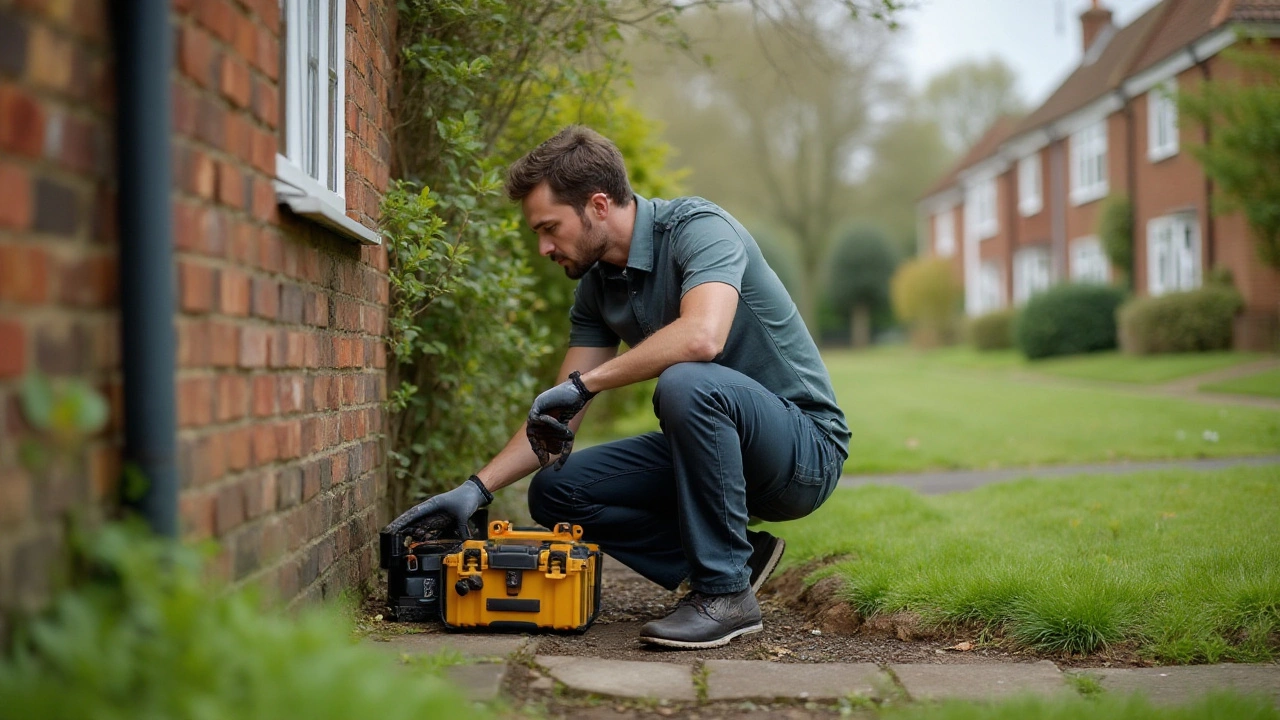Repair Methods: Simple Ways to Fix Common Home Problems
Got a squeaky floor, a cracked wall, or a leaky roof? You don’t need to panic. Most everyday issues can be handled with the right repair method and a little elbow grease. Below you’ll find clear steps to assess the problem, pick a fix, and know when it’s time to call in an expert.
Quick Steps to Diagnose the Issue
First thing – look, listen, and feel. A loose floorboard will creak when you walk on it; a damp spot on the wall feels cool to the touch. Take a photo, write down when the problem started, and check surrounding areas for signs of water or cracks. This quick audit gives you a solid starting point and helps avoid costly guesswork later.
Next, gather a few basics: a flashlight, a screwdriver, and a notepad. Open doors, pull out baseboards, and see if the damage is superficial or goes deeper. If you spot mold, a musty smell, or water stains, you’re dealing with a moisture issue that needs immediate attention.
Choosing the Right Repair Method for Your Space
For flooring, the method depends on the material. Hardwood that’s just scratched can be sanded and refinished. If a plank is broken, replace it with a matching board and use wood glue plus nails. Vinyl plank flooring often needs a simple cut‑and‑replace; just cut out the damaged section and press a new piece in place.
Foundation cracks require a more structured approach. Small hairline cracks can be sealed with epoxy filler, but larger gaps need a professional to inject polyurethane or install a pier. Ignoring the problem can lead to bigger structural issues down the road.
Mold repair is all about drying out the area first. Use a dehumidifier, clean the surface with a mixture of water and detergent, then apply a mold‑killing solution. If the spread is extensive, it’s safer to hire a specialist who can remove contaminated materials and ensure proper ventilation.
Roof leaks are often traced to damaged shingles or flashing. Replace broken shingles by sliding a new one under the overlapping layer and nailing it in place. For flashing issues, lift the surrounding roofing material, apply roofing tape, and reseal with a waterproof sealant.
When you’re unsure, compare the cost of DIY versus hiring pros. A simple floor repair might cost you £30 for materials, while a professional could charge £150 for labor. For big jobs like foundation underpinning, the price leap is huge, so professional help is usually the smart choice.
Finally, keep a maintenance checklist. Regularly check for water drainage around your home, inspect floor joints annually, and clean gutters to prevent roof damage. Small preventive steps save you from expensive repairs later.
At First Choice Flooring Solutions, we’ve helped countless homeowners pick the right repair method and get the job done right. Whether you’re fixing a single tile or tackling a whole room makeover, the right approach makes all the difference. Ready to start? Grab your tools, follow the steps, and watch your space come back to life.
Effective Methods for Fixing Foundation Cracks: Inside vs. Outside Approaches
- Gavin Whitaker
- |
- |
- 0
Repairing foundation cracks can be approached from either the inside or outside of a building. Knowing which method is best suited for your specific situation depends on factors like the extent and location of the damage, climate, and type of foundation. By understanding the advantages and disadvantages of both internal and external repairs, homeowners can make informed decisions. This article provides insights into when and how to choose the right repair method to ensure the longevity and safety of a structure.
View more